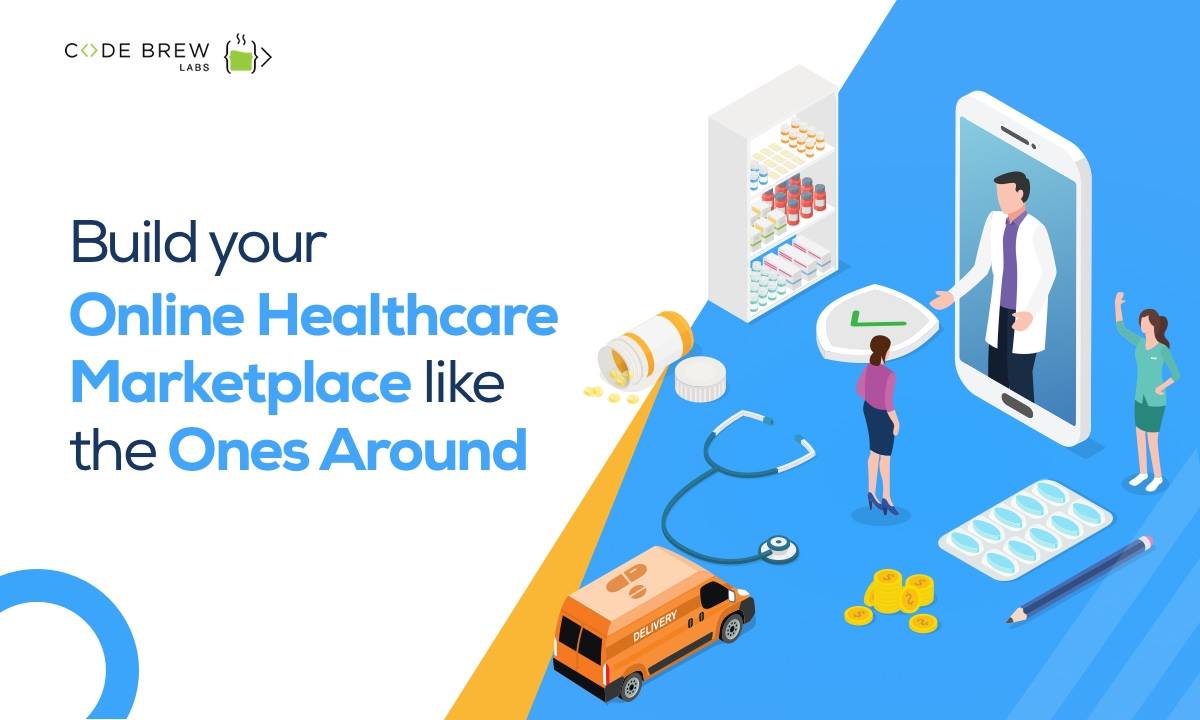The Effect of Subscription Based Healthcare on Standard Clinical Practices
The Effect of Subscription Based Healthcare on Standard Clinical Practices
Blog Article
Exactly How Subscription-Based Healthcare Is Changing the Clinical Sector

The Rise of Subscription Healthcare
In recent times, the medical care sector has actually observed a significant shift towards subscription-based models, mirroring wider consumer fads favoring convenience and predictability. This change is driven by the boosting need for more customized and easily accessible treatment solutions. Membership health care, often referred to as concierge medicine or direct health care, offers clients a fixed monthly cost for a variety of medical services, considerably altering conventional fee-for-service designs.
The rise of subscription medical care is facilitated by developments in modern technology, which allow streamlined interaction in between suppliers and individuals - subscription based healthcare. Digital platforms and telehealth solutions have actually become integral, supplying people the capability to schedule visits, access clinical records, and obtain consultations online. This technical integration not just enhances patient involvement however additionally enables suppliers to deliver much more reliable care
Furthermore, the membership version straightens with the evolving expectations of clients who seek even more control over their medical care costs and experiences. While this design is obtaining traction, its expansion deals with difficulties such as regulatory hurdles and the necessity for broader acceptance within the standard medical care environment.
Advantages for People and Companies
Subscription-based healthcare provides a plethora of benefits for both patients and carriers, reshaping the dynamics of clinical care. For people, this model supplies enhanced access to health care solutions.
For doctor, subscription-based designs promote an even more rewarding and lasting method. By securing a constant earnings stream, service providers can concentrate on supplying premium treatment without the stress of volume-based solution. This design urges longer individual appointments, cultivating more powerful patient-provider partnerships and improving health outcomes. Additionally, it uses service providers the versatility to innovate and incorporate holistic and preventative treatment practices. Management jobs are typically streamlined, decreasing above expenses and permitting providers to commit even more time to client communication. On the whole, subscription-based health care lines up the incentives of companies and clients, advertising a more effective and patient-centered medical care shipment system.
Key Attributes of the Design
Often, the key functions of the subscription-based medical care model highlight its unique strategy to delivering medical solutions. Central to this version is the idea of predictable, regular monthly payments, offering people an extensive range of services without the unpredictability of standard fee-for-service frameworks. This design commonly consists of limitless access to medical care solutions, preventative care, and routine exams, making sure that clients can involve with their medical care service providers proactively rather than reactively.
In addition, straight communication channels, such as telemedicine and messaging systems, are stressed, permitting people to obtain prompt suggestions and consultations without needing in-person appointments. This enhances accessibility and benefit, especially for people with wheelchair restrictions or those living in remote areas. The model also fosters more powerful doctor-patient partnerships, as health care suppliers are incentivized to concentrate on long-term wellness outcomes as opposed to temporary sees.
Furthermore, subscription-based healthcare typically integrates technical advancements, such as electronic health documents and health tracking apps, to supply efficient and tailored care. Patients gain from worked with and continual treatment management, which is tailored to their details health needs. Inevitably, these features jointly create a patient-centered medical care experience, focusing on ease of access, price transparency, and preventative treatment.

Considerations and obstacles
While the subscription-based medical care model supplies many advantages, it is not without its obstacles and considerations. One considerable obstacle is reference making sure fair gain access to. Registration versions may accidentally favor those with greater socioeconomic status, possibly widening variations in medical care access for lower-income individuals that may battle with monthly charges. This raises honest concerns regarding inclusivity and equity in medical care delivery.
Another obstacle hinges on regulatory compliance. Subscription-based health care needs to browse a complex web of policies that vary by region, consisting of concerns around person discretion, information defense, and state licensing requirements. Guaranteeing compliance without hampering the model's adaptability and advancement can be discouraging for providers.
Furthermore, there is the threat of overutilization or underutilization of solutions. People paying a dealt with cost could overuse services, causing raised functional costs, while others might underutilize due to be afraid of burdening the system, possibly ignoring necessary care.
Future Potential Customers and Innovations
The landscape of subscription-based healthcare is positioned for improvement with arising developments and evolving potential customers. As innovation remains to advance, the combination of synthetic knowledge and maker understanding offers significant chances to improve diagnostic accuracy and streamline client management. Predictive analytics can revolutionize preventative care by identifying potential health dangers prior to they manifest, therefore lowering both prices and the problem on healthcare systems.
Additionally, telemedicine is readied to increase within membership models, offering people raised access to medical care specialists despite geographical restraints. This not only facilitates connection of care however also equips clients to involve even more proactively in their health monitoring. Additionally, blockchain innovation uses possible in safeguarding client data and making sure interoperability throughout platforms, promoting trust and transparency.
Collaborations in between technology firms and healthcare companies are likely to produce innovative options, boosting person experiences and end results. As these potential customers appear, subscription-based health care has the possible to redefine exactly how treatment is supplied and accessed.
Conclusion
Subscription-based healthcare is transforming the clinical industry by using a much more obtainable, predictable, and patient-centered approach to clinical services. This model enhances patient-provider relationships, ensures financial openness, and highlights preventive care through endless consultations and telemedicine. Regardless of difficulties such as regulatory obstacles and possible differences in gain access to, the subscription version holds promise for a more effective and tailored health care experience. get more As modern technology developments, additionally innovations are likely to attend to existing obstacles and optimize healthcare delivery.
Registration medical care, often referred to as attendant medication or direct key treatment, uses patients a fixed monthly charge for an array of Check Out Your URL clinical solutions, significantly altering standard fee-for-service designs.
In addition, the subscription design aligns with the advancing assumptions of people who look for even more control over their healthcare expenses and experiences. For patients, this design gives boosted access to healthcare solutions. Generally, subscription-based healthcare lines up the motivations of service providers and individuals, promoting an extra efficient and patient-centered medical care delivery system.
In addition, telemedicine is set to broaden within subscription designs, offering people increased accessibility to health care specialists no matter of geographical constraints. - subscription based healthcare
Report this page